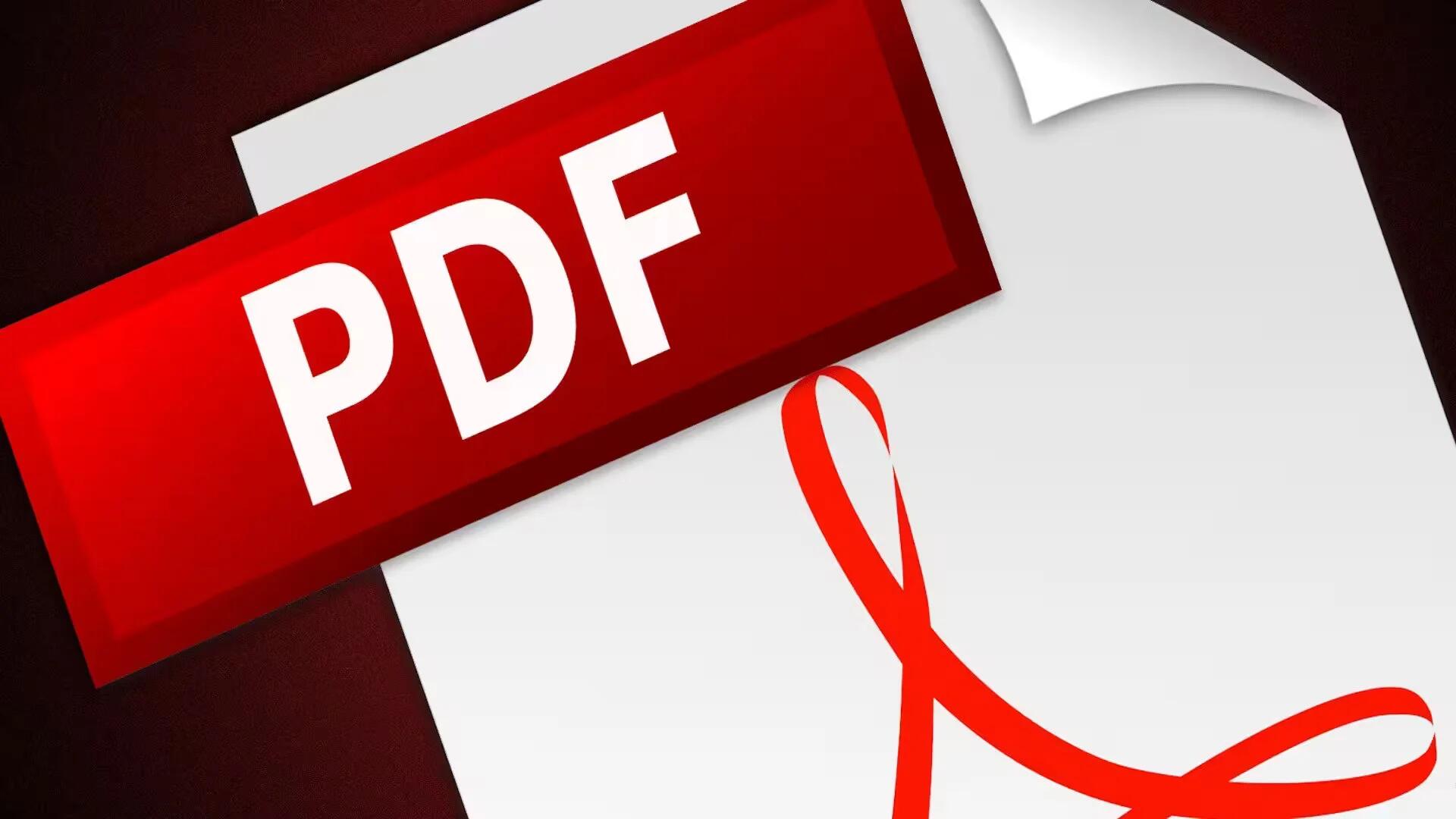Almost everyone has experienced that feeling of frustration when you need to quickly find an important point that you have read about and urgently need out of the millions of words in an eBook. You probably ran to the index and painstakingly had to run through every word till you found what you were looking for.
Using searchable PDF has gained popularity gradually due to its use in courts and organizations. They are instrumental as they help you with running a search for particular words or phrases in a particular document, providing a much more convenient and enjoyable reading experience for users.
There are different types of PDF files which vary based on their origin. Text-based (True) PDFs are those that are saved directly from the word processor as PDF or by attempting to print as PDF. Image-based PDFs are made up of images or screenshots and cannot be searched. Some PDFs are search-enabled, it uses Optical Character Recognition (OCR) to make page based PDFs searchable. You can make your PDF document searchable by using the tips discussed in this article.
1. Scan your documents in Different forms
Official purposes will require that the document be scanned in black and white. The original documents must be clear and of good quality to prevent the reduction in quality on scanning. Another advantage of using black and white is the resulting small file. The other two formats are preferred for photos. In the case of charts or design documents, it might be necessary to use colored scanning not to meddle important details. The colored scans are usually larger than the other two. The How to Geek got some valuable info on this point about scanning documents by phone or any electrical devices.
2. Use a quality OCR program
OCR software is useful in converting image-based PDFs to searchable documents. This software is of different qualities and can produce different levels of accuracy in conversion. The more accurate conversion of the image based files to searchable documents usually involve the auto rotation of the pages to get a full grasp of the identity of the characters. Some applications do not do the autorotation and those can have plenty of errors in the final document.
3. Make specific discovery requests
It is wise to be specific in your discovery requests to prevent the production of substandard documents. You want the OCR to be done using good quality software and scanning resolution of 300dpi. If you are not specific, you risk getting documents that are not searchable, unintelligible, illegible, and without OCR.
4. Pay attention to all the settings
There are a lot of settings to be adjusted that could be overlooked when converting or creating files in a hurry. The “deskewer” is one of them which helps to align the images vertically. Others include background removal and shadow removal. These settings help to improve the quality of the documents and make the characters more readily detectable by the OCR software. Important documents should be clearly examined for clarity.
5. Use the “Text under image” option
You will likely be presented with different options for your PDF. You should properly review them before making a choice. It is expected that you want to go with the option that enables OCR and permits you to make the document searchable. You should either go with the text under the image option or the searchable PDF option. This will enable your file to be searchable when viewed on Acrobat or any other PDF reader. To identify a file as Vcita searchable or not, you should look for the “select tool,” which is located at the top bar. This is an indication of the nature of the PDF file.
6. Get the right resolution
The unit for resolution measurements is dpi (dots per inch). 300 dpi is perfect for litigation work. If you use a smaller resolution, you will probably have a small file, but the clarity of the characters therein will be jeopardized. Documents with higher resolution usually have large files. It has even been observed that scanned images with resolutions higher than 300dpi are not much different in terms of the OCR quality and the clarity and readability of the documents.
7. Ensure that all your viewing software are compatible with PDF
This can be easily done by viewing the specifications and finding out the supported file format. Older software has now acquired support for PDF. Even though the method works some features of some software do not work with PDF.
8. Numbers are important
OCR is biased towards words and alphabets, leaving out the numbers. It uses dictionaries to identify words and characters. As your document might contain some letters, it is necessary to pay attention to the numbers personally. OCR is less effective in documents that have a lot of numerical characters. This is why financial reports are usually of lower OCR quality.
9. Redactions should be done immediately
Redactions require some understanding as it can be tricky. It enables redacted texts on an image to be still searchable. The dominance of TIFF as a file format can be said to be due to this. It is necessary to do the redaction on the images and text. There are third-party tools for redaction. Some practitioners print out the document, they correct them and then scan them. This method is very effective and useful and is need to redact a few files.
10. Do a test search.
Finally, you should test run you new searchable PDF by inputting some words or phrases in the search bar and searching. This gives a final verdict on the success of the conversion.
Searchable PDF documents make searching for important points very easy either when going through court documents or through an eBook. Some courts in the United States require the filing of cases to be sent in a searchable PDF form. The implementation of these tips will come in handy.
